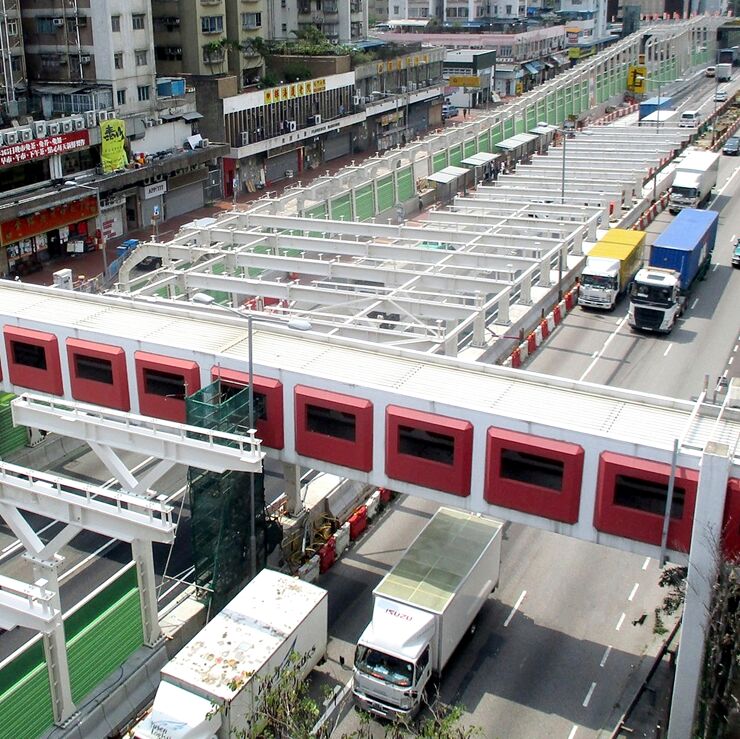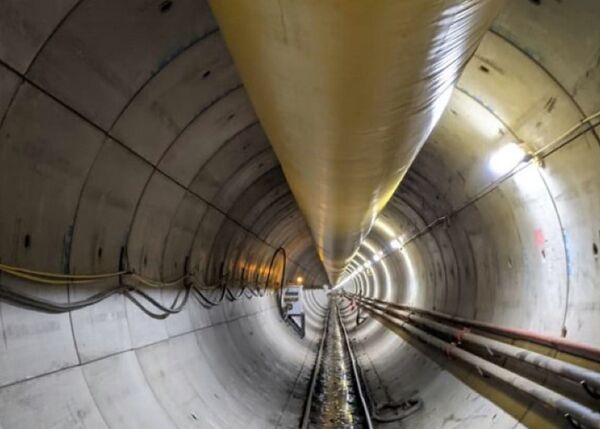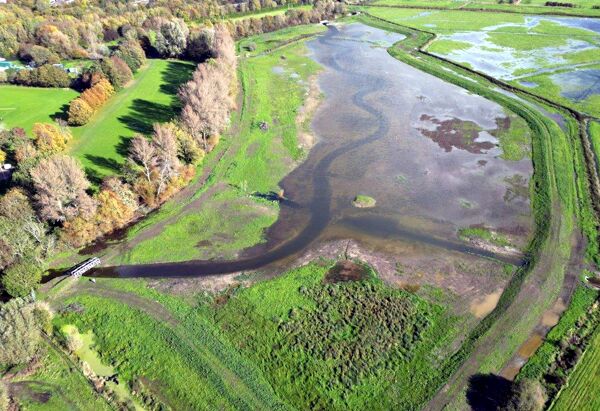
The Hong Kong government is using NEC to retrofit noise barriers on a busy urban expressway in the coastal city of Tuen Mun. Residents near the road were exposed to traffic noise levels exceeding 70dB(A) but, on completion in 2020, the barriers should reduce this in around 1800 homes by 1–25dB(A).
Tuen Mun Road is a major expressway which links Tuen Mun in the New Territories to Tsuen Wan just northwest of Kowloon. Built in 1977, the heavily trafficked road is part of Hong Kong's Route 9, which circumnavigates the New Territories and passes right through the centre of Tuen Mun.
The Highways Department of the Government of the Hong Kong Special Administrative Region let an NEC3 Engineering and Construction Contract (ECC) Option A (priced contract with activity schedule) worth HK$585 million (£58 million) to a joint venture of Kwan On Construction Company Limited and China Geo-Engineering Corporation in late December 2015.
The work involves retrofitting 800m of state-of-the-art noise barriers and enclosures, alongside and over live carriageways between Rose Dale Garden and Lakeshore Building, together with associated drainage, roadworks, utilities diversions, street lighting, traffic aids and landscaping works.
NEC project manager is the Major Works Project Management Office of the Highways Department with Mannings (Asia) Consultants Limited as supervisor and designer.
Resolving challenges
While NEC is now predominantly the default contract suite for new public works in Hong Kong, the Tuen Mun scheme was selected as one of the pilot projects for adopting NEC. It was also the first ECC Option A contract used by the Highways Department.
Lawrence Chan, senior engineer in the Major Works Project Management Office says, ‘The employer, the contractor, the project manager and the supervisor have been fully committed to supporting the NEC “spirit of mutual trust and co-operation” and to input all necessary resources to make it a success.
‘In the past 3 years the project has faced a lot of challenges, especially the extremely tight programme, site constraints imposed by utilities and the busy traffic on Tuen Mun Road. Notwithstanding this, all parties have attempted to resolve the challenges one by one.
‘As of May 2019, a total of 37 NEC risk-reduction meetings have been held to discuss 133 early warnings raised. All parties participated actively at these meetings to propose and discuss mitigation measures, including brainstorming the most effective and economical solutions. With the prompt actions taken by the parties agreed at the risk reduction meetings, about 86% of the early warnings have now been resolved.’
Chan says examples of how NEC processes have mitigated the risk of delays include reducing the number of mini-piles, changing from friction mini-piles to rock-socket mini-piles, changing from general backfill to granular fill materials, modifying pile-cap design to avoid diverting utilities, and modifying construction joint layout to aid removal of temporary sheet piles.
He says the good working relationship between the parties is reflected in the project’s statistics. ‘So far there have been 202 NEC project manager’s instructions, 88% of which related to changes to the works information. There have been 228 NEC compensation events to date, including 42 notified by the contractor and accepted by the project manager, and 91% of compensation events have now been assessed.’
Lessons learned
According to Simon Ng, Mannings’ director, ‘We produce weekly NEC action lists, including the risk register and lists of project manager’s instructions, compensation events, notifications of compensation events and complaints. These are reviewed in weekly partnering workshops, which remind all parties to act properly and to complete their jobs in a timely fashion.’
He says a key lesson learned on the project is that timely reply by the project manager and supervisor is vital because it allows the contractor to understand the situation regarding its quotations and notification of compensation events. ‘This can help both the contractor and employer have better financial control, as well as help the contractor to prepare a more practical and realistic programme. In this project, the project manager and supervisor always aim to reply to the contractor in a timely manner.’
Ng says that on past NEC contracts in Hong Kong, contracting parties had different opinions on which programme should be adopted for assessment of quotations of compensation events. ‘ECC clause 63.3 states that, “a delay to the Completion Date is assessed as the length of time that, due to the compensation event, planned Completion is later than planned Completion as shown on the Accepted Programme.” However, not every programme submitted by the contractor could be accepted as an accepted programme.
‘On this project only about 30% of submitted programmes were accepted and the contractor sometimes argued that the existing accepted programme was outdated and that its latest programme, though not accepted, should be used for assessment. In the end, the parties stuck to the assessment principle laid down in ECC clause 63.7 that, “Assessments are based upon the assumptions that the Contractor reacts competently and promptly to the compensation event, that any Defined Cost and time due to the event are reasonably incurred and that the Accepted Programme can be changed.” ’
Benefits of using NEC
- Technical matters can be resolved earlier under established NEC mechanisms to minimise disruption to the works programme.
- Common goals among all parties can be achieved through continuous communication.
- Time and financial risk allocations are clearer to all parties, which are therefore more prepared to provide solutions for problems under their control.



